
Home Owners – Your beginners guide to Living Room decor
The term living room was first coined in the late 19th or early 20th century by Edward Bok. A living room is also called a lounge room (Australian English), lounge (British English), sitting room (British English), hall (Indian English), or a drawing room. It is the comfortable space in a house or apartment where the family gathers to relax, unwind and entertain. Since it has an entrance door and is the first room you step into, it must have a welcoming vibe. The living room is also the focal point of the house. Most modern living rooms contain western furniture such as sofas, chairs, coffee tables, bookshelves, televisions, rugs, and decorative art. But in some cultures like the Arabic, British, and Japanese, the living rooms have a different decor.
Traditionally, a sitting room in Arabic style has the majlis set up with floor mat/low-sofa seating with several cushions and pillows and heavy Persian carpets to create a luxurious yet comfortable seating arrangement.
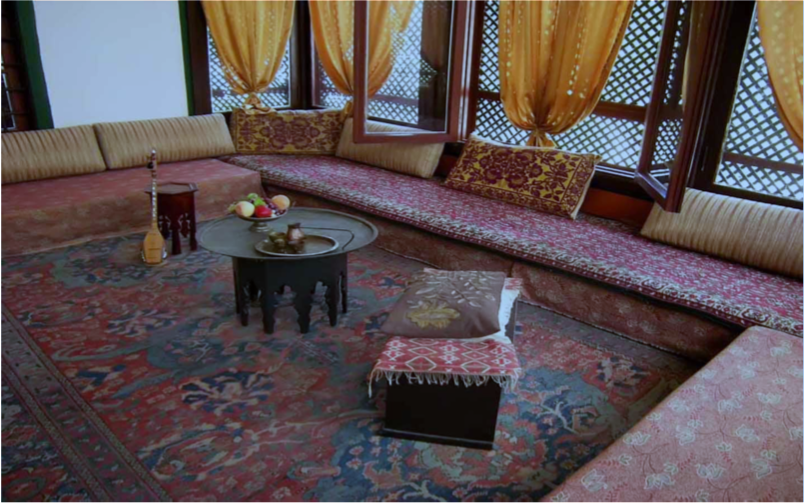
On the other hand, every living room in Britain comes with a fireplace. The fireplace and chimney were a necessary design element of every living room before the electric heaters became a part of the living room. Today, though electric heaters have replaced traditional fireplaces, the design of the fireplace mantel is often used as a transition wall between a living room and dining room.
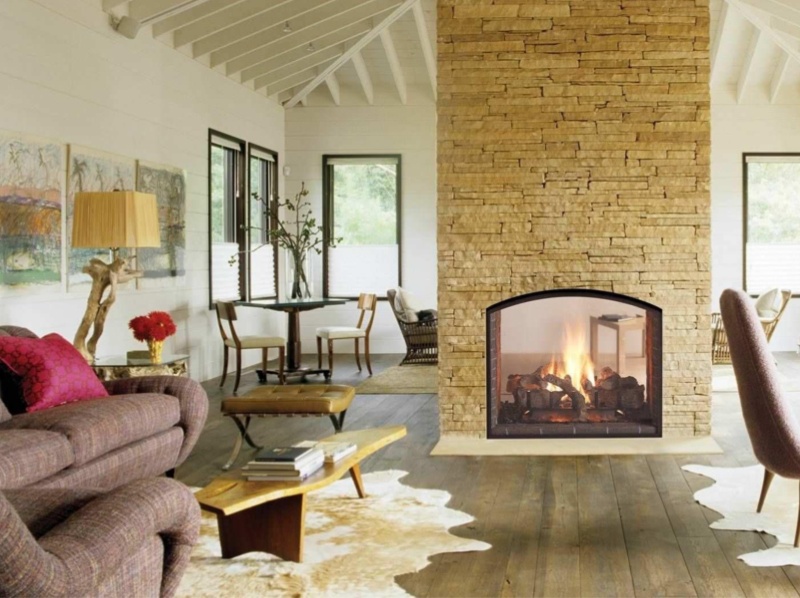
A Japanese sitting room is called a washitsu or ima. This room embodies minimalism and natural elements. The floor covered with tatami, traditional rice straw mats, and the room typically consisting of shoji (a rice-paper screen), fusuma (sliding partition), and engawa (open terrace) initiate the mind into a state of Zen.
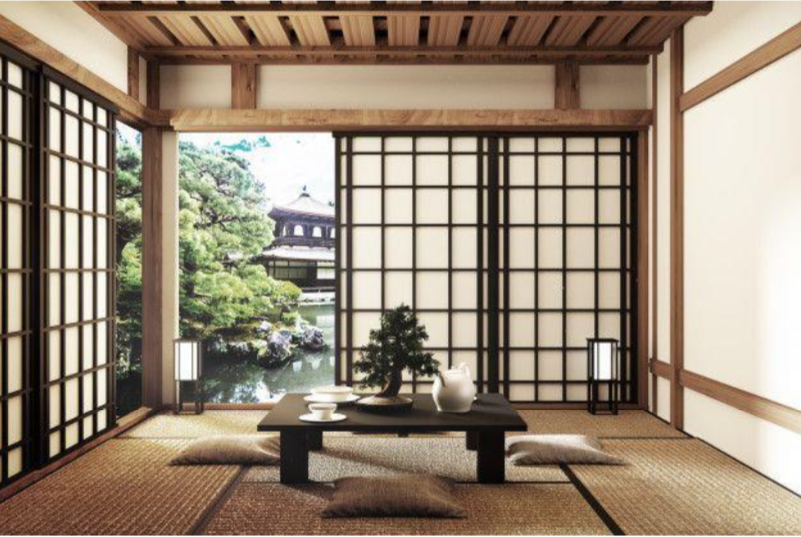
Architectural Styles for Living Rooms
Several architectural styles have influenced the construction of the living room. Here below are the well-known architectural styles that have evolved with time. Their unique characteristics help to differentiate and distinguish between each of them.
Romanesque (800-200):
Thick walls
Coffered ceilings
Columns
Neutral colors
Gothic (110-1450):
Stained glass windows
Ribbed vaults
Ornate decoration
Pointed arches
Renaissance (1400-1450):
Plasterwork
Color and geometric patterns
Fine wall paintings
Richly decorated
Baroque (1600-1830):
Luxuriously decorated
Rich color pallete
Carved detailing
High-end materials
Rococo (1650-1790):
Pastel color palette
Elaborate ornamentation
Sensuous curvy lines
Superior craftsmanship
Neoclassicism (1730-1925):
Muted hues of color
Simple and symmetrical furniture
Decorative motifs
Geometric patterns
Art Nouveau (1890-1914):
Inspiration from nature
Flamboyant color pallete
Sensuous curvy lines
Decorative and ornamental
Beaux Arts (1895-1925):
Highly decorative surfaces
Focus on symmetry
Curves and arches
Columns and detailed surfaces
Neo-Gothic (1905-1930):
Emphasis on vertical elements
Natural lighting
Stained glass windows
Highly detailed surfaces
Art Deco (1925-1937):
Rich colors
Bold geometry
Decadent detail work
Stylized geometric motifs
Modernist Styles (1900-Present):
Simplicity
Clean lines
Natural lines
Mixture of bold and neutral colors
Postmodernism (1972-Present):
Bold colors
Asymmetrical
Exaggerated scale
Unnatural materials
Neo-Modernism (1997-Present):
Angles over curves
Monochrome or vibrant
Experiment with shapes
Use metallic and eco materials
Parametricism (1997-Present):
Neutral colors
Large in scale
Sensuous lines
Natural materials
(Information credit: Living Room Wikipedia)
Interior Design Styles for Living Rooms
There is no one style contributing to living room trends in 2021. Design your space to go with your likes and your personality. Here are ten modern living room ideas to show you various decorating styles from traditional to contemporary interior design styles. Get influenced, get going.
1. Traditional Interior Design Style Living Room
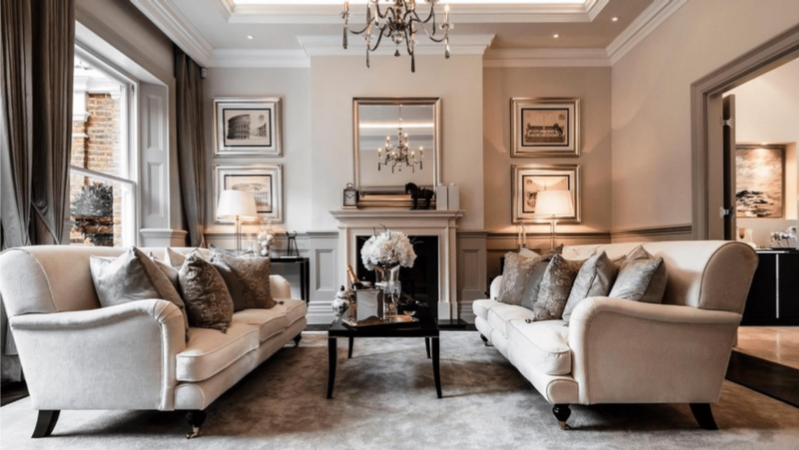
2. Modern Interior Design Style Living Room
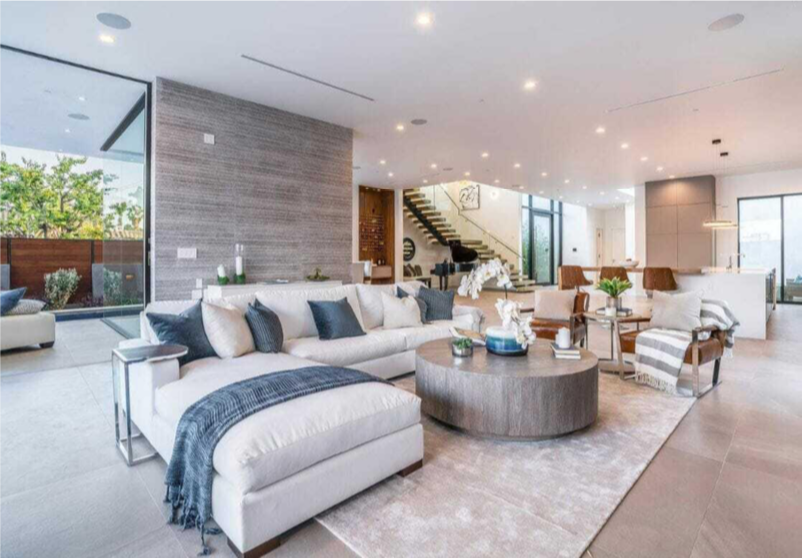
The main features of this design are:
- Sleek look with open floor plans.
- Intentional asymmetry and geometric patterns.
- Neutrals with primary colors and bold color contrasts.
- Materials like metal, chrome, or glass for furniture and accessories.
- Clean lines and angles with no clutter

________________________________________________________________________ _ _ _
Content by
Rukshana K – www.arillawords.com
Elaborate moldings, wood paneling, and in-built cabinetry. Pairing furniture and accessories with furnishings and antique pieces. Neutral palette with vibrant colors. Use of textiles like silk and velvet or materials like natural leather. Intricate tile and wood floor patterns.
